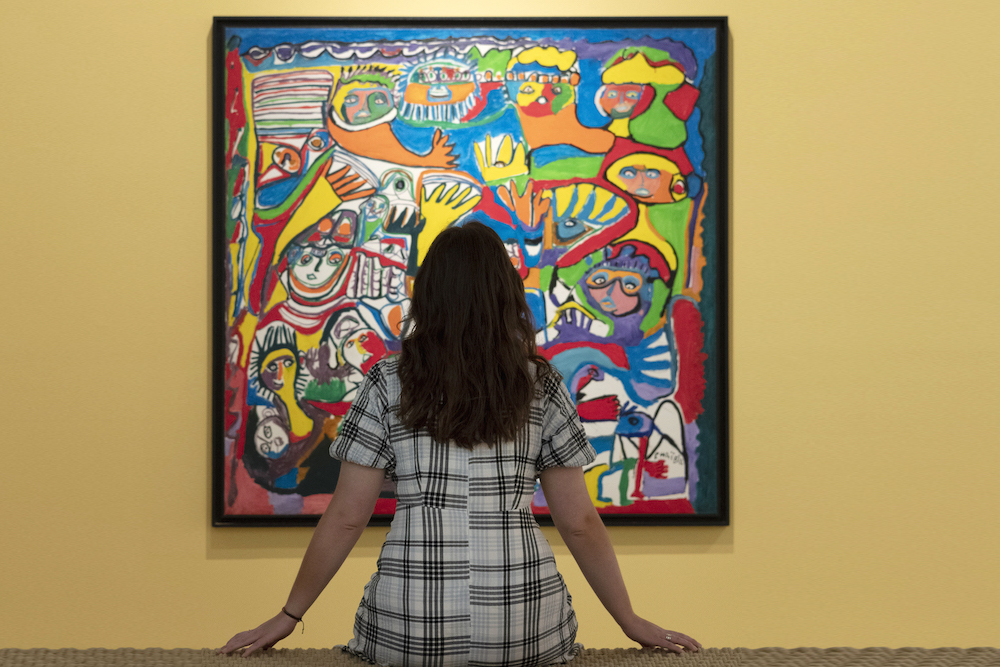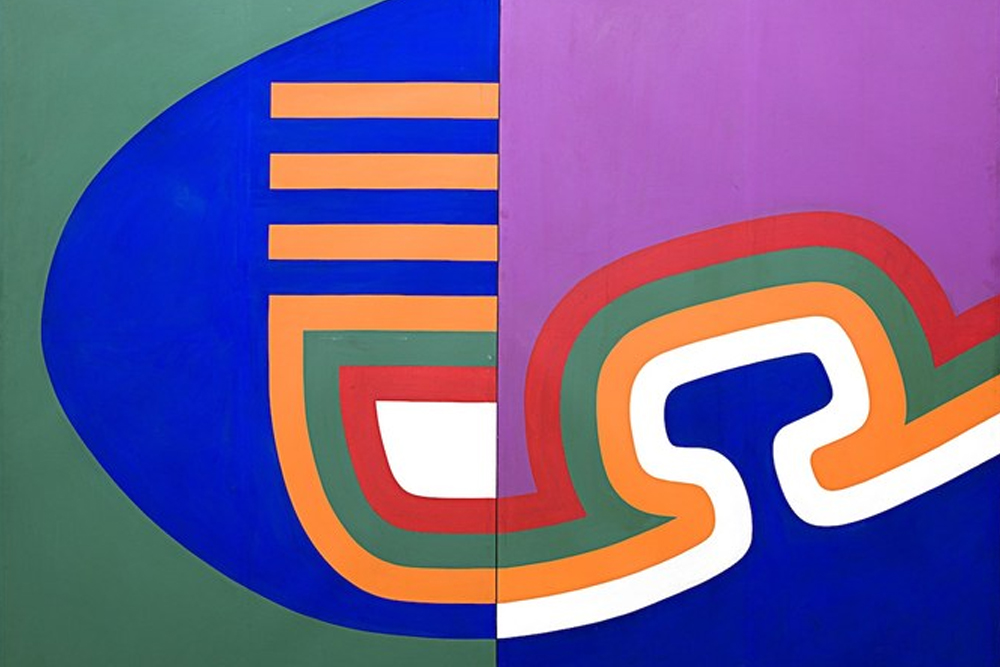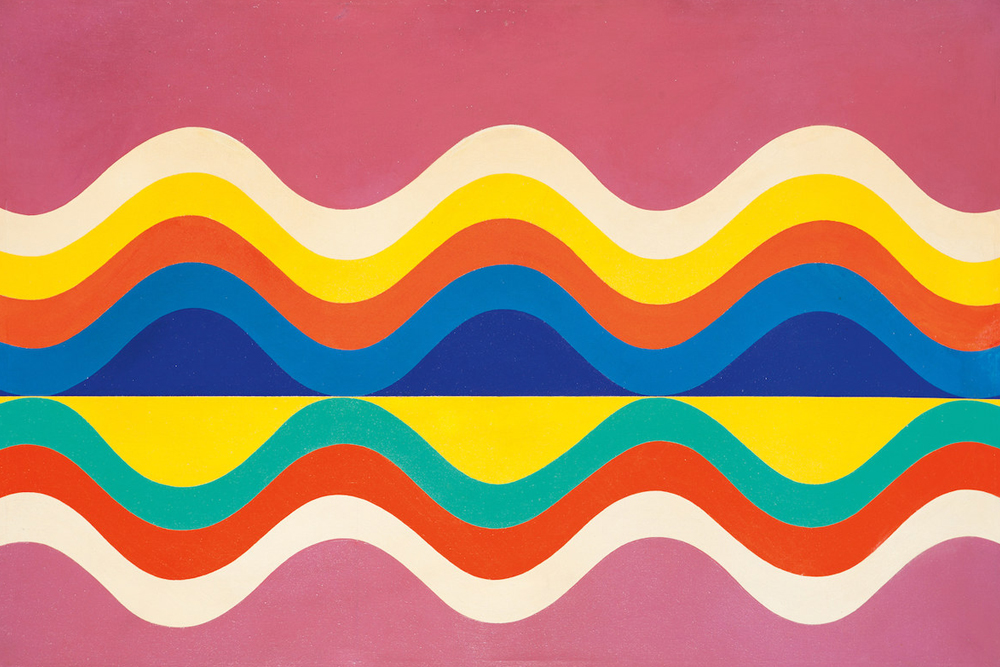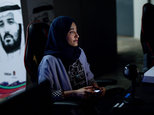
During the period spanning the 1960s to the 1980s, Morocco, in the wake of gaining independence, bore witness to the emergence of a revolutionary visual arts movement famously known as the Casablanca Art School. This movement, driven by a cadre of visionary Moroccan artists and educators such as Farid Belkahia, Mohammed Chabaa, and Mohamed Melehi, aimed to construct a contemporary and lively visual language that honored their nation's diverse heritage.

A significant exhibition examining this movement is on view at Tate St. Ives in Cornwall, England, through January 14. It is the first time that a major British museum has examined Moroccan modernism, making it a historic exhibition. Developed in collaboration with the Sharjah Art Foundation in the UAE, "The Casablanca Art School" exhibition brings together a wide range of abstract paintings, urban murals, crafts, graphics, ceramics, and an array of seldom-seen print archives, vintage journals, and photographs.
Morad Montazami, the co-curator of the exhibition, emphasizes the universal allure of the Casablanca Art School. He notes the visual efficacy and the harmonious fusion of Western artistic influences with local traditions as key elements contributing to its broad appeal. Montazami sees the Casablanca Art School's work and trajectory as a resolution of influences from both the 'West' and the 'East.'

The Casablanca Art School stood out for its unconventional approach. Rejecting a colonial mindset, the artists aimed to create a novel artistic language grounded in local arts and crafts, utilizing geometric creativity and unconventional materials such as copper, leather, and animal skin. Inspired by Amazigh, Berber, and African jewelry and carpets, artists embraced unconventional mediums, including fluorescent colors using industrial paint common in local workshops.
The Casablanca Art School artists ventured beyond traditional art spaces, bringing their art to the streets and creating public works. In a city lacking local galleries and modern art museums, these avant-garde artists transformed Casablanca's postcolonial environment and dispelled the myth that Moroccan art is simple or folkloric.

















